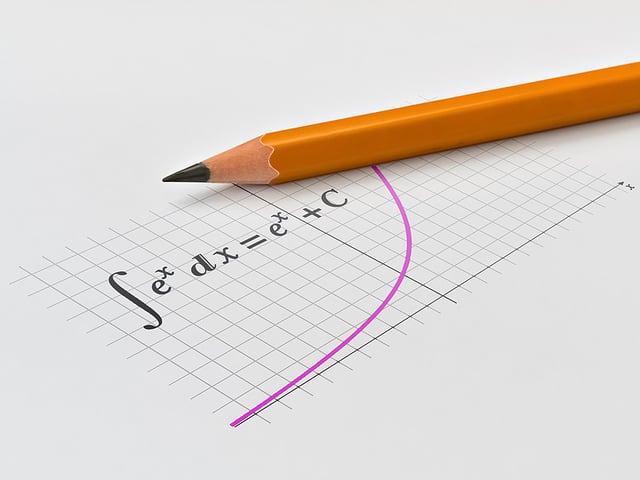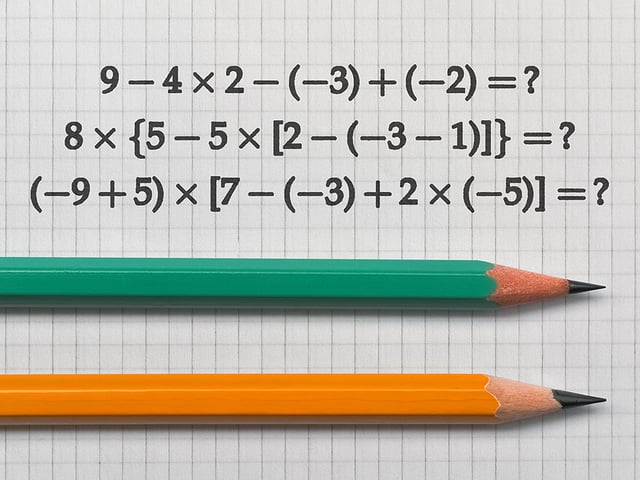
Justifying Math Solutions with Laws of Exponents
It’s not just about finding the answer, but being able to explain why it’s the answer.
The laws of exponents are reasonably easy to memorize and apply in problem-solving. As a refresher, here they are:
\[x^{a} \cdot x^{b} = x^{a + b}\] \[(x^{a})^{b} = x^{(a \cdot b)}\] \[\frac{x^{a}}{x^{b}} = x^{(a-b)}\] \[(xy)^{a} = x^{a}y^{a}\] \[(\frac{x}{y})^{a} = \frac{x^{a}}{y^{a}}\] \[x^{0} = 1\] \[x^{-a} = \frac{1}{x^{a}}\] \[\frac{1}{x^{-a}} = x^a\] \[x^{\frac{a}{b}} = \sqrt[b]{x^{a}} = (\sqrt[b]{x})^{a}\]Is There More to Know?
Yes. Several new tests go beyond simple repetition and application of formulas and pose questions that require an explanation of why an answer is correct and why the formula chosen was appropriate for the problem. For the laws of exponents, this is not difficult if we remember what exponents mean. For example:
\[2^{4}\]The exponent shows how many times (4) we have multiplied the base by iteself. The base is 2, in this case.
Applying a Rule of Exponents
Suppose we have to multiply \(2^{4} \cdot 2^{3}\). The first rule of exponents, \(x^{a} \cdot x^{b} = x^{a + b}\), tells us that the result is \(2^{7}\). But why? We can see that by showing the problem the long way:
\[(2 \cdot 2 \cdot 2 \cdot 2) \cdot (2 \cdot 2 \cdot 2)\]Now, we see that we have multiplied 2 seven times which, indeed, is notated as:
\[2^{7}\]What Do Exponents Mean?
Exponents are a way to simplify how we record and describe repeated multiplication. For example, if we multiply 2 by itself four times, we might write:
\[2 \cdot 2 \cdot 2 \cdot 2 = 16\]This will quickly get unwieldy if we do this more times so, instead, we have exponential notation, where:
\[2 \cdot 2 \cdot 2 \cdot 2\]is shown as
\[2^4\]Another Example
What about raising \(2^{4}\) to the fifth power, or \((2^{4})^5\)? Here, we are multiplying \(2^{4}\) times itself five times. Thanks to the miracle of copy and paste, this isn’t too awful to show here:
\[(2 \cdot 2 \cdot 2 \cdot 2) \cdot (2 \cdot 2 \cdot 2 \cdot 2) \cdot (2 \cdot 2 \cdot 2 \cdot 2) \cdot (2 \cdot 2 \cdot 2 \cdot 2) \cdot (2 \cdot 2 \cdot 2 \cdot 2)\]But it would be a pain to write out by hand.
We have multiplied 2 by itself a total of 20 times (4 x 5). And indeed, the relevant rule of exponents [\((x^{a})^{b} = x^{(a \cdot b)}\)] tells us we can multiply the two exponents in this case.
Exponential notation has real importance in mathematics far beyond saving us trouble in writing problems. However, as you approach problems involving the laws of exponents, it will help to think of it in the way described above to justify your answers when asked. Best of luck to you as you take your tests and pursue your goals!
Keep Reading

Smarter Balanced Assessment Consortium Blog
Formula Chart for Numbers and Operations on the SBAC Test
Most people say that Math is hard for them. Does this sound like you? A…

Smarter Balanced Assessment Consortium Blog
Formula Chart for Algebra on the SBAC Test
Have you ever painted by number? It’s probably the easiest way to paint…

Smarter Balanced Assessment Consortium Blog
Formula Chart for Geometry on the SBAC Test
Geometry is literally everywhere! It’s in the shape of the stars and pl…